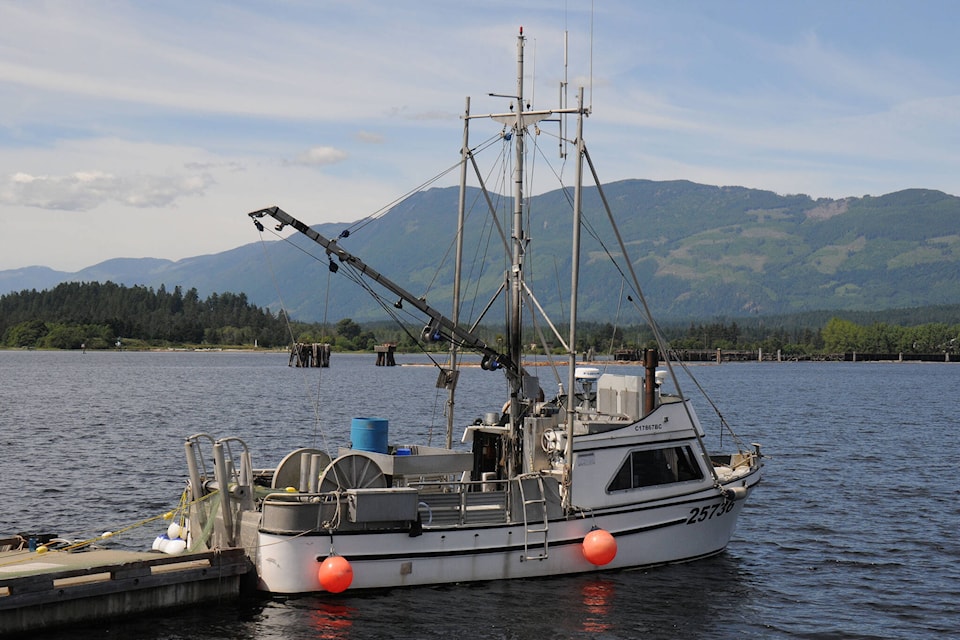The commercial fisherman’s union has expressed its concerns over Ottawa’s recent rejection of the Pacific Salmon Commission’s (PSC) recommendations which were accepted by the U.S.
The PSC’s recommendations, which advocate for a certain amount of commercial fishing, were presented to both countries after a review by fisheries experts from Canada and U.S, said UFAWU-Unifor in an Aug.19 statement. PSC’s mandate is to protect salmon stocks and has long been trusted to enforce the Pacific Salmon Treaty.
“Despite PSC recommendations that would support a fishery, the Fraser River Panel announced that ‘all Canadian Panel Area waters remain closed to commercial salmon fishing,’ citing a precautionary approach,” stated the union in a media release.
At the same time, the U.S. accepted the PSC run size recommendations which will affect Canadian harvesters economically, while Americans fish, the union further said.
“Canada is abusing the precautionary approach,” UFAWU-Unifor President James Lawson said, adding “UFAWU-Unifor supports responsible and scientific decision making but rejecting the PSC’s recommendations confirms that Canada is ignoring clear scientific data.”
“UFAWU-Unifor wouldn’t typically support the United States fishing while Canadians are tied up, but in this case, both countries should be fishing right now,” Lawson says.
The union is calling for DFO to implement a small starter fishery where seines and gillnets fish in Johnstone straits, the Gulf of Georgia, and the Fraser River to a small initial catch ceiling.
They further stated that if the run appears to be along the lines of the PSC predictions, then additional small bite fisheries could occur, but, if the run is weak, the fishery should be closed.
However, if these precautionary concerns are related to later-timed stocks, then getting boats in the water as soon as possible is crucial, Lawson said.
“Science supports a fishery, and the Pacific Salmon Commission’s recommendations confirm that,” the union president said.
According to the union, the Fraser closure reflects the pattern of unreasonable earlier closures of the Skeena and Nass rivers in Northern B.C.
The sixth largest Skeena River sockeye run in 100 years was closed after only 650,000 sockeye were caught to allow an escapement of 3.4 million, which is 3.5 times the required escapement of 900,000 sockeye. The commercial fishery catch rate was 16 per cent of the Return to Canada of 4.1 million.
“The Nass River sockeye fishery never opened to the all-citizens commercial fishery. However, the Nisga’a and Gitanyow nation commercial fisheries took place on the same stock. Nass sockeye returned in numbers exceeding most of the last 20 years and the escapement is double the 200,000 required,” the union said.
